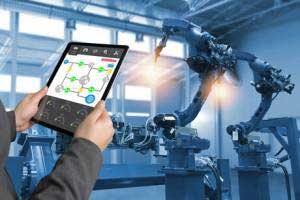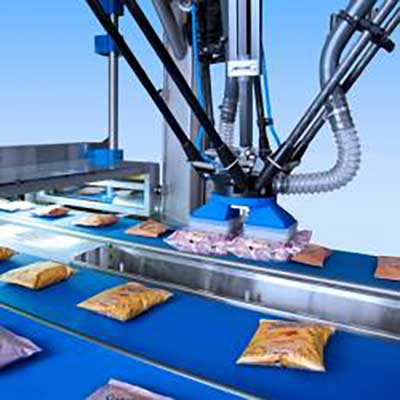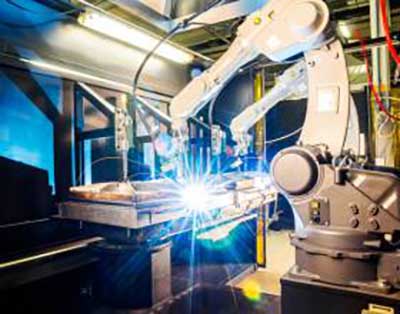
by Peter Yordanov, PWR Pack Ltd.
There’s no doubt that robotic automation is the future of manufacturing. As a result, many businesses use robotic automation to become more efficient and save money. However, if you’re thinking about using robotics in your business, it’s crucial to weigh the pros and cons carefully. Robotics can be a great addition to your company, but you need to make sure it’s the right decision for you.
One of the main benefits of using robots is making work more efficient. That means that businesses can get more done in less time. In addition, robots can help to increase accuracy in manufacturing processes and decrease the likelihood of mistakes being made.
Another advantage of robotic automation is that it can help to reduce costs. When businesses automate tasks with robots, they can save labor costs. Additionally, robots don’t require breaks and can often work around the clock, further reducing operating costs.
 Improved Safety:
Improved Safety:Automation robots help improve safety because they can do things people might get injured in, like lifting heavy objects. There is always a risk that someone might get injured with traditional manufacturing processes because they have to do the same thing many times. However, robots can help reduce these risks by performing these tasks instead of people.
Industrial robots are changing the way of manufacturing. Here’s how they work:
These robots are designed to work closely with people, and their primary function is supervision. So, for example, they can detect if someone’s in the way to trigger an emergency stop reflexively while carrying out tasks requiring human supervision; this would be too dangerous using traditional manufacturing boots for apparent reasons!
 Autonomous Mobile Robots (ARMs.)
Autonomous Mobile Robots (ARMs.)In the future, robots will be able to work alongside humans. These Autonomous Mobile Robots (ARMs) can move through a factory without input from their human counterparts and use artificial intelligence to “see” around them for obstacles or worker movement, so they don’t get stuck on something too complex for their little arms! It’s great because sometimes there isn’t enough time during production hours.
Industrial robot arms are a lifesaver for factories, especially those that manufacture large goods like vehicles. Robots can be programmed to do many tasks on an assembly line. They are increasingly common in the food industry from large manufacturers who need automated food packaging systems. The robots can also move heavy items from one plant floor or warehouse location to inspect them before being shipped off again.
Robotic blacksmithing is a new, innovative form of automating metalworking that could be the industry’s future. It uses unique tools and robotic arms to shape metals or other material with lasers as it senses where each piece should go on its own via sensors – saving time versus traditional machining methods while also being more environmentally friendly.
 Robots with Machine Vision:
Robots with Machine Vision:Robots are used in the manufacturing process to inspect and check for any issues with parts. However, this can be a tedious task if done by humans alone. Machine vision technology allows these machines to do routine inspections automatically!
In addition, quality control robots use AI, so they don’t need human assistance to detect problems or flaws during their work, freeing up employees who do more complex jobs like designing new products.
Consider robotic automation if you want to take your business to a new level. That can help improve how productive and efficient your workplace is. Plus, it can also help reduce the costs of running your business.